In the ever-expanding digital world, creating an email list is a crucial step for bloggers and businesses to thrive and connect with their audience effectively. An email list allows you to build a loyal following, engage with your readers or customers, and promote your content and offerings directly. In this comprehensive guide, we will walk you through the process of creating an email list that will establish a strong online presence and foster lasting relationships with your audience.
An email list allows you to directly connect with your audience, deliver valuable content, and foster lasting relationships. Unlike on social media, where algorithms determine what content users see, emails land directly in their inbox, ensuring higher deliverability rates. Email marketing also offers higher control over how you present your brand and messaging, allowing for more focused and meaningful interactions.
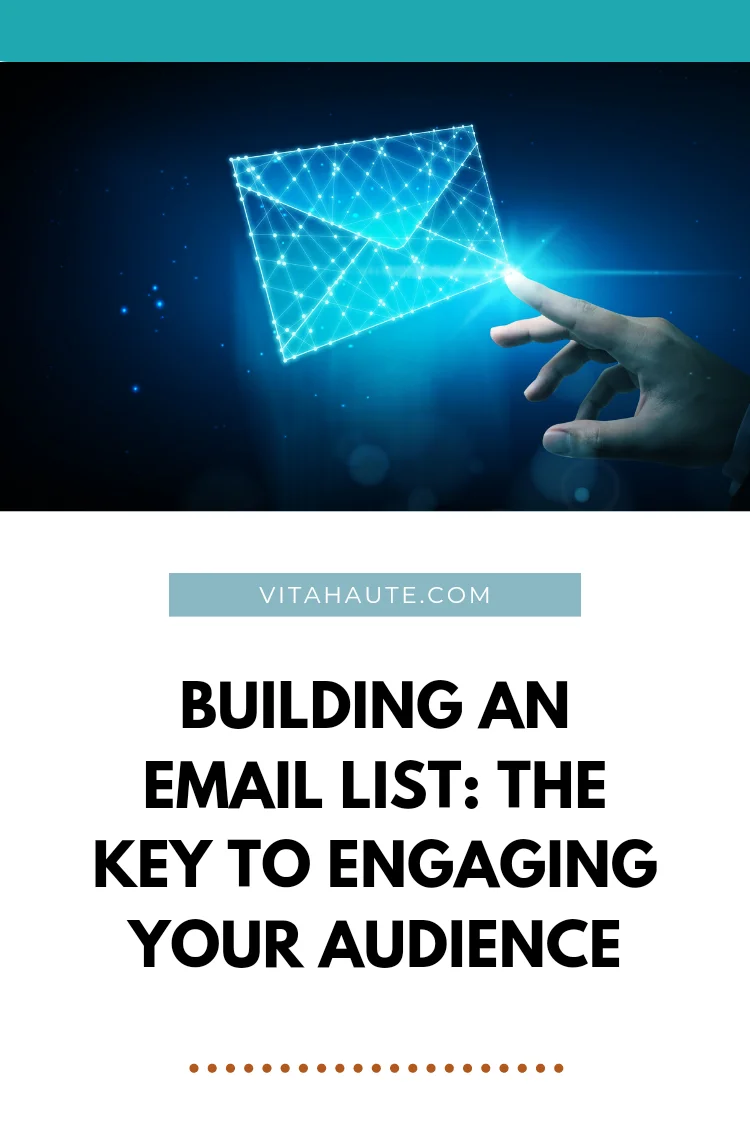
This post contains affiliate links. Please read our disclosure.
Why Building an Email List Matters
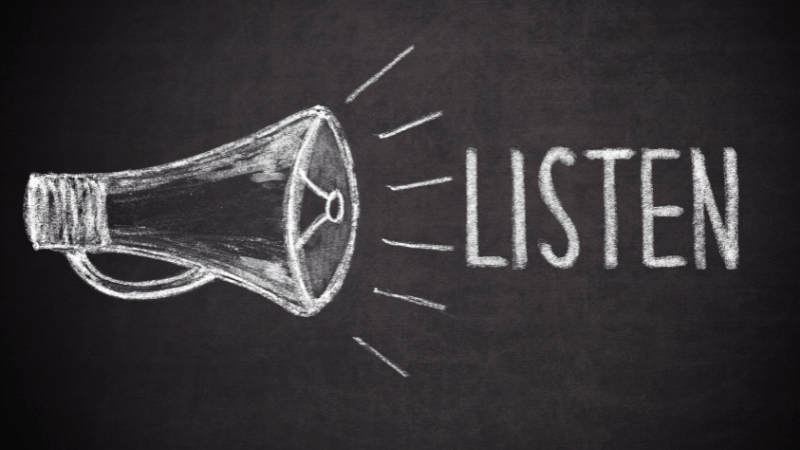
Building an email list is not just about collecting email addresses; it’s about building a community of loyal followers. When someone subscribes to your email list, they are expressing interest in your brand, products, or content. These engaged subscribers are more likely to take action, whether it’s purchasing a product, signing up for an event, or sharing your content with others.
Email marketing also allows you to nurture leads and guide them through the customer journey. A well-crafted email sequence can build trust and credibility, addressing potential concerns and providing valuable information that moves prospects closer to making a purchase decision. Studies have shown that personalized emails that address the recipient by name have higher open rates and generate more click-throughs.
Quality matters more than quantity. A smaller but highly engaged email list can deliver better results than a large list of disinterested subscribers. Focus on attracting subscribers who are genuinely interested in what you have to offer and tailor your content to meet their specific needs and preferences.
Understanding Your Target Audience
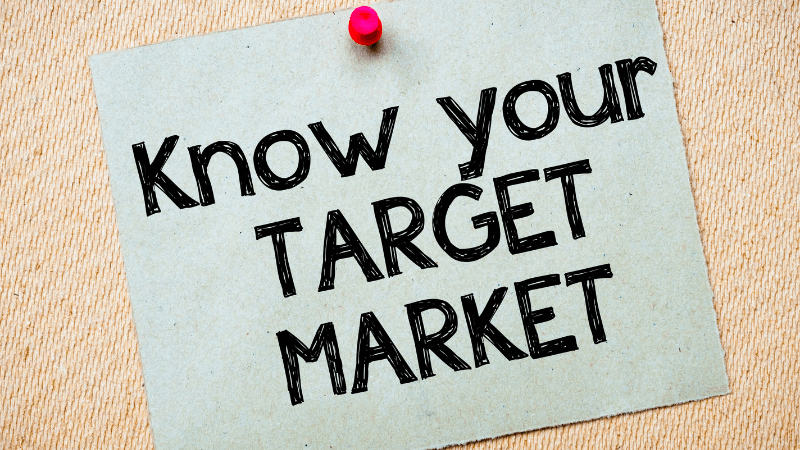
Understanding your target audience is fundamental for effective email marketing. It’s crucial to know who your subscribers are, what they are interested in, and what challenges they face. Conducting surveys, analyzing data, and monitoring customer interactions can provide valuable insights into your audience’s preferences and behaviors.
Segmenting your email list based on audience preferences allows you to send targeted and relevant content. For instance, if you run an e-commerce business, you can segment your list based on past purchase history. This way, you can send product recommendations, promotions, or exclusive offers that match each customer’s interests, increasing the likelihood of conversion.
Personalization goes beyond just using the recipient’s name in the email. It involves tailoring the content to their specific needs and preferences. Use the data you have about your subscribers to create content that speaks directly to their pain points, interests, and aspirations. Personalized emails can significantly improve engagement and strengthen the relationship between your brand and your audience.
Creating a Valuable Lead Magnet
One effective way to start monetizing your blog is by creating a valuable lead magnet that resonates with your audience’s needs. For more insights on monetization strategies, check out our guide on how to monetize your blog. Consider what challenges your audience is trying to overcome or what information they seek. Your lead magnet should be the solution to their problems or provide them with valuable insights or resources they can’t find elsewhere. It could be an e-book, a checklist, a webinar, a free course, or exclusive access to premium content.
Your lead magnet should also align with your overall brand and business goals. If you run a fitness blog, offering a free workout guide or meal plan would be relevant and appealing to your target audience. On the other hand, if you offer graphic design services, a free design template or resource pack would be more suitable.
Promote your lead magnet across different channels, such as social media, your website, or guest blog posts. The more exposure it gets, the more opportunities you have to attract new subscribers. Ensure that the landing page or sign-up process for the lead magnet is seamless and user-friendly. A complicated sign-up process may deter potential subscribers.
Optimizing Your Sign-Up Process
The sign-up process is a critical touchpoint for potential subscribers. First impressions matter, and you want to make sure the sign-up process is smooth and frictionless. Implement strategies that encourage visitors to subscribe, such as offering incentives like discounts or access to exclusive content.
Exit-intent pop-ups are an effective tool to recapture visitors who are about to leave your website without subscribing. These pop-ups appear whenever a user’s mouse hovers toward the “X” or the back button. Use them strategically to offer your lead magnet or highlight the benefits of subscribing. Creating a sense of urgency can also prompt immediate action. Limited-time offers or exclusive deals that encourage visitors to subscribe right away can increase your sign-up rate. Use compelling copy and visuals that clearly communicate the value of subscribing.
Optimize your sign-up forms to capture the right information is just as important. Keep the form simple and ask only for essential details. Studies have shown that reducing the number of form fields can lead to higher conversion rates. You can always gather additional information about subscribers later through progressive profiling, which collects additional data over time through subsequent interactions.
Crafting Engaging Email Content
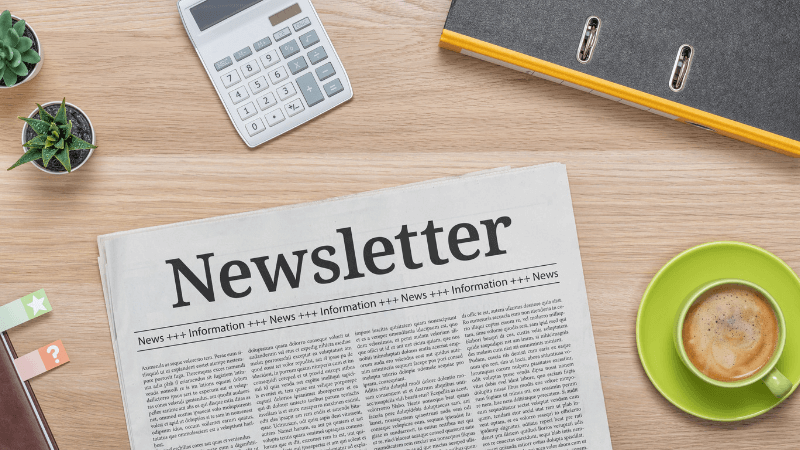
Your email content is the backbone of your email marketing strategy. To keep subscribers engaged, create valuable and relevant content that aligns with their interests. Segmenting your email list allows you to send targeted emails that resonate with specific groups within your audience. When crafting email content, focus on providing value to your subscribers. Ensure that each email contributes to your subscribers’ experience and addresses their needs. Keep your emails concise and easy to read, with a clear call-to-action that guides readers toward the desired action.
Don’t be afraid to get creative with your email content. Experiment with different formats, such as newsletters, product updates, case studies, or storytelling emails. Infuse your brand’s personality and tone into your emails to create a consistent and recognizable brand voice.
Timing is another crucial factor in email engagement. Test different days and times to see when your subscribers are most responsive. Be mindful as well of email frequency to avoid overwhelming your audience with too many emails. Find the right balance that keeps subscribers engaged without bombarding their inboxes.
Utilizing Automation
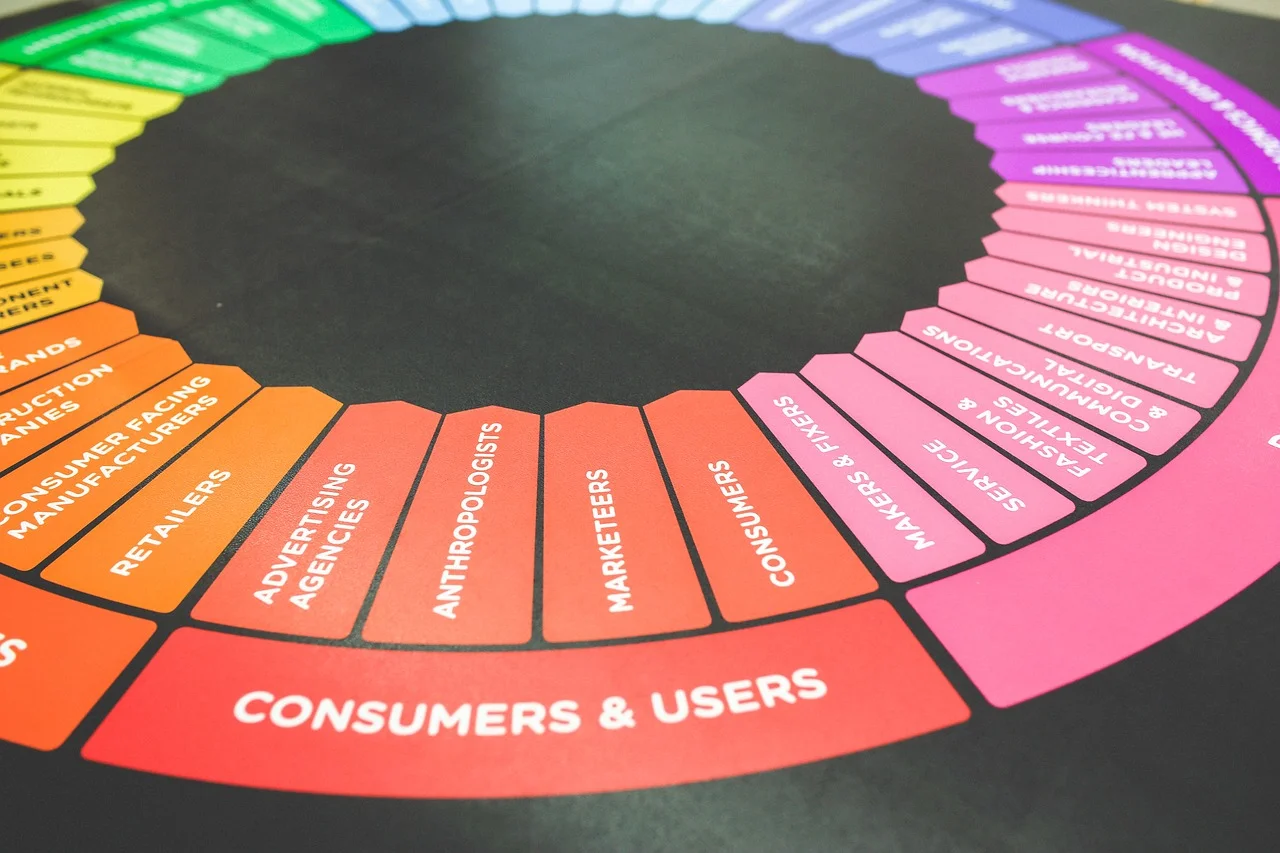
Email marketing automation streamlines your communication process, allowing you to engage with subscribers at the right time with the right content. Automated welcome emails and drip campaigns nurture leads over time, guiding them through the customer journey and driving conversions. A well-planned email marketing automation strategy can save you time and effort while providing a personalized experience for your subscribers. It enables you to maintain consistent communication with your audience, even as your email list grows.
Welcome emails are the first point of contact with your new subscribers, making them a crucial part of your email marketing strategy. Set up a well-crafted welcome email series that introduces your brand, highlights the benefits of being a subscriber, and delivers the promised lead magnet. This series serves as an opportunity to make a strong first impression and lay the groundwork for a long-lasting relationship.
Drip campaigns, on the other hand, allow you to deliver a sequence of targeted emails based on subscriber actions or characteristics. For example, if a subscriber downloads a specific resource, you can set up a drip campaign to follow up with related content and nurture them toward a conversion. Automation ensures that your subscribers receive the right content at the right time, even when you’re not actively managing your email list.
Segmenting Your Email List

Segmenting your email list helps ensure that your subscribers receive content that aligns with their preferences and needs. Sending targeted emails tailored to each segment’s preferences enhances the chances of driving action and conversions. Segmentation can be based on various factors, including demographics, purchase history, engagement level, and geographic location. For example, if you offer products or services that cater to different age groups, segmenting your list by age can allow you to deliver age-specific content and promotions.
You can also use segmentation to re-engage inactive subscribers. Sending a re-engagement email with a special offer or asking for feedback can reignite their interest in your brand and bring them back into the fold.
Effective segmentation requires collecting and analyzing data to gain insights into your audience’s behavior and preferences. Regularly review and update your segments based on changing subscriber behaviors and preferences to ensure your email content remains relevant and engaging.
Building Trust and Credibility
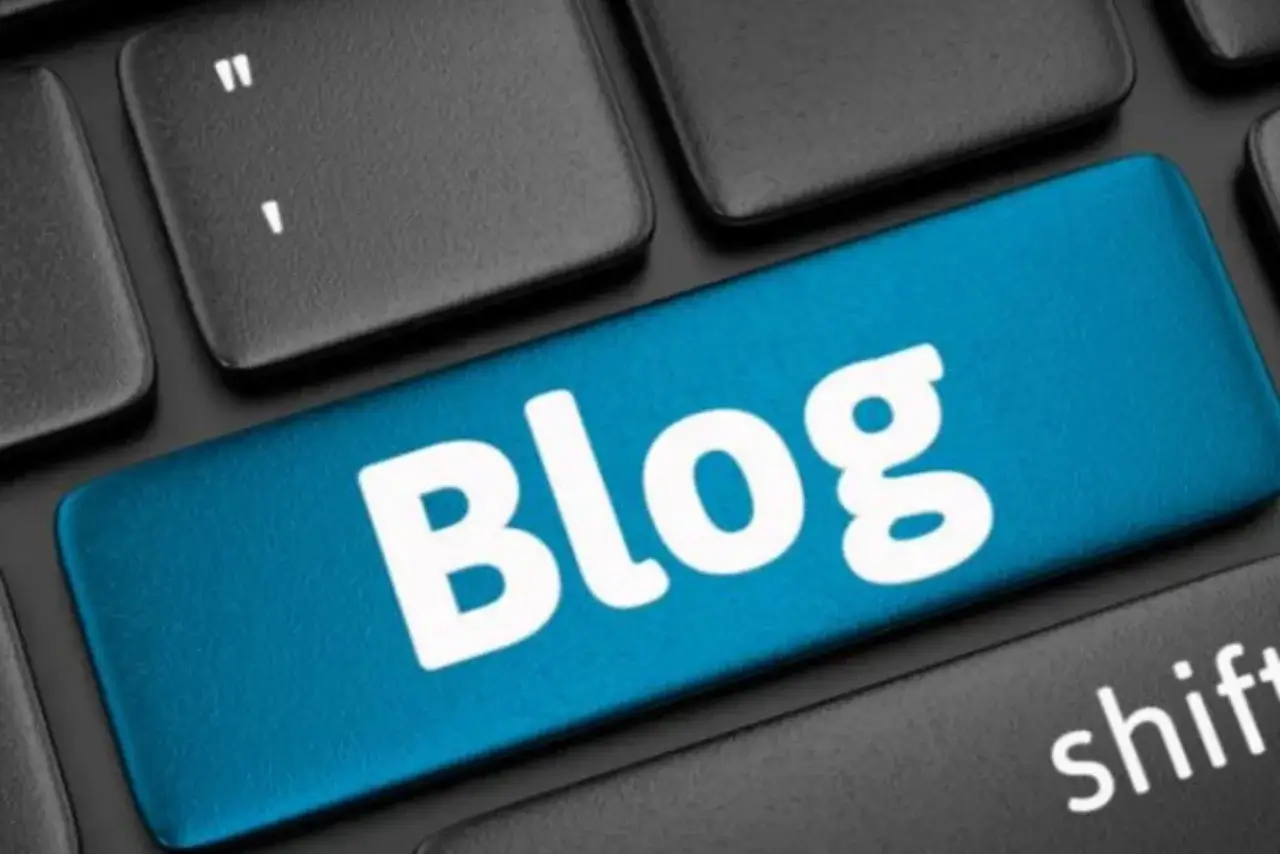
Trust and credibility are vital components of a successful email marketing strategy. Avoid spammy practices and respect your subscribers’ privacy. Building a strong relationship with your audience establishes trust, leading to higher engagement and loyalty. One way to build trust is by delivering on your promises. If you offer a lead magnet, make sure it provides the value you’ve promised to your subscribers. Consistently delivering valuable content fosters trust and positions you as a reliable source of information in your industry.
Be upfront about your intentions and how often you’ll be sending emails. Give your subscribers the option to choose their preferences, such as the frequency of emails or the types of content they wish to receive.
Engaging your subscribers beyond promotional content can also contribute to building trust. Share behind-the-scenes stories, showcase customer testimonials, and ask for feedback. Demonstrating that you value your subscribers’ opinions and experiences helps create a sense of community and fosters a strong bond between your brand and your audience.
Conclusion
Building and managing an effective email list is a powerful tool for bloggers and businesses looking to connect with their audience and achieve long-term success. Take the first step today and start building your email list with the strategies shared in this guide. Remember, every successful campaign begins with a well-established connection with your audience. Focus on quality, personalization, and consistency, and you’ll foster a loyal subscriber base and create meaningful interactions that help your business grow.
GetResponse serves as an advanced email marketing solution, offering users the capability to streamline and automate their email correspondence efficiently. Through an intuitive interface and robust automation features, GetResponse facilitates the seamless setup of automated welcome emails, personalized drip campaigns, and targeted communications triggered by specific subscriber interactions. Leveraging GetResponse empowers marketers to deliver timely, pertinent content, thereby enhancing engagement levels and cultivating conversions. Renowned for its comprehensive toolset, GetResponse simplifies the complexities of nurturing and expanding a dedicated audience, rendering it an indispensable asset for email marketers seeking to establish profound connections and achieve substantial growth.
Daniel Zohar is a passionate entrepreneur and digital marketing expert with a strong focus on business and affiliate marketing. With over 10 years of experience in the industry, he has gained valuable insights and strategies that he is eager to share with others. Through his writing and speaking, Daniel aims to help others achieve success in business and affiliate marketing, using his own experiences as a guide. In addition to his work as a writer and speaker, he is a successful business owner and consultant, helping companies and individuals reach their goals in the digital world.
You Might Also Like:
- How to Find the Right Influencer for Your Brand
June 23, 2024 - 9 Best Niches for Affiliate Marketing in 2025
January 7, 2025 - 16 Affordable Hosting Options for Your Blog in 2025
February 21, 2025 - Comedy Sells: How to Make Your Business Memorable with Humor
January 6, 2023 - 100 of the Most Beautiful Words in the English Language
April 8, 2024